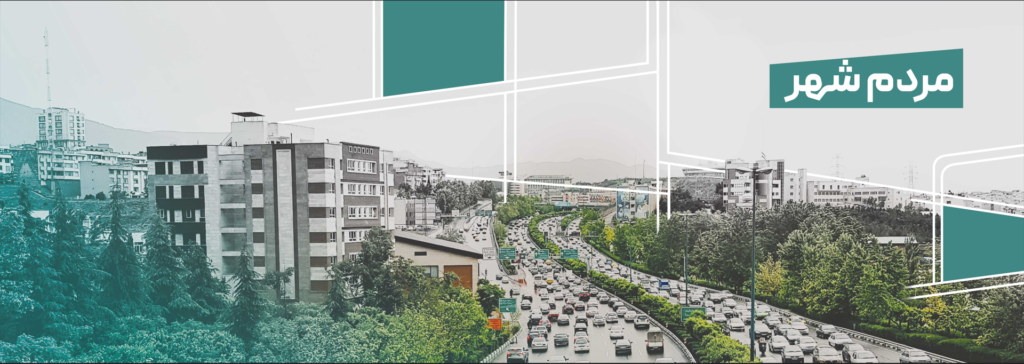
As stated in the theoretical foundations, Mandshahr is a collaborative platform whose ultimate goal is to design a solution based on local assets and capacities. Achieving this goal requires designing a responsive process in the field of assessing the situation and discovering the problem/issues of urban development.
The concepts of “situation assessment” and “problem discovery or identification” are among the planning concepts that are used in the majority of modern planning processes and methods such as strategic planning, system planning, etc. But what distinguishes the nature of these concepts in the “People’s City” platform and causes the formation of a different process from the mentioned types of planning is the “asset-based” approach that governs it.
The assessment of socio-economic, physical and spatial conditions in cities and the determination and formulation of development issues, in the form of common planning processes and patterns, have been affected by the opinions of specialists and experts who may benefit from the opinions of a limited number of city dwellers in the process of recognition and discovery. be slaves On the other hand, in common decision-making methods, the emphasis on the definition of operational projects (mostly civil) relies on institutional financial resources, which are provided by urban management or macro-management (government budgets such as the Ministry of Interior).

This is while in the People’s City platform, the general issues and priorities (needs) are determined directly by the urban community, and specialists and experts as a member (element) in the process of discovering the problem and evaluating the current situation rather than having a driving role. The listeners and recorders of opinions are the citizens. In other words, in this process, the role of city dwellers has changed from passive “those who only express concerns, complain, or grumble” to active “those whose problems and needs of the local community are narrated through their language and literature, but it does not remain only in the position of narration.” “Becomes اThis is because the citizens participating in this process are not only the narrators of the problem but also the main members of the team designing the solution to the problem. The second distinction is that the designed solutions are formed based on the physical, social, economic, financial, human and natural assets available to the local community rather than focusing on institutional resources. Therefore, different solutions may be considered for a single problem in the neighborhoods of a city. Therefore, not only the recognition of the problem, but also the solutions are contextualized and explained on a very small scale of decision-making, i.e. the neighborhood.
The concepts of “situation assessment” and “problem discovery or identification” are among the planning concepts that are used in the majority of modern planning processes and methods such as strategic planning, system planning, etc. But what distinguishes the nature of these concepts in the “People’s City” platform and causes the formation of a different process from the mentioned types of planning is the “asset-based” approach that governs it.

The assessment of socio-economic, physical and spatial conditions in cities and the determination and formulation of development issues, in the form of common planning processes and patterns, have been affected by the opinions of specialists and experts who may benefit from the opinions of a limited number of city dwellers in the process of recognition and discovery. be slaves On the other hand, in common decision-making methods, the emphasis on the definition of operational projects (mostly civil) relies on institutional financial resources, which are provided by urban management or macro-management (government budgets such as the Ministry of Interior).

